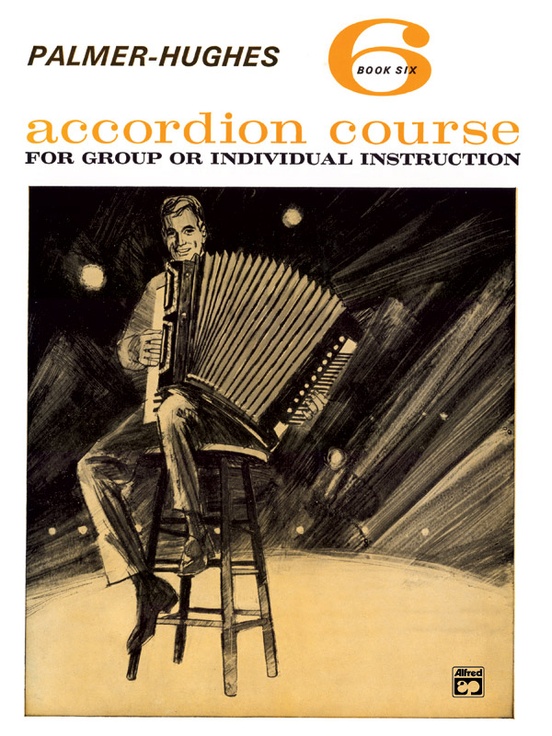

If you're lucky, your model has a quick-release mechanism instead of screws. The part that you open up with the screwdriver is the end that the accordion pictured to the right is sitting on. Larger accordions: The surefire method is to open up the bass cover of the accordion (the only tool you usually need is a small flathead screwdriver - be careful not to strip the screws) and wedge a long narrow strip of corrugated cardboard at the bottom of the button stop rail, underneath the bass mechanisms so as to prevent the buttons from being depressed, then close up the end again. The tape method is not OK for 72, 80, 96, 111, or 120 bass accordions - it won't be enough protection!Ģ. If you want to be really safe, use the method below. This method of securing the basses is usually good enough for smaller accordions, such as 48 bass or under. Don't use opaque packing tape - it is more difficult to remove. They should be held in the upright position by the tape. (The person on the receiving end may have to use a plastic-safe citrus based solvent such as "Goo Gone" to remove the adhesive from the buttons). For accordions with 48 or fewer basses only - do not use this as the only method for 120 bass accordions! - place a couple of strips of wide CLEAR packing tape over the bass keyboard so that all of the bass buttons are sticking to the tape.
#FREE BASS ACCORDION METHOD FULL#
This is especially important on 120 bass accordions (the full complement of left hand bass buttons).

Piano Accordions:Īnother very important step on older piano accordions or chromatic button accordions with 48 or more left hand bass buttons is to make sure that the basses are properly secured, otherwise they are likely to dive underneath the bass keyboard when the package is jostled or dropped. The instrument must be well cushioned all around, and must not be able to move around during shipping. Remember to leave at least a 2" padding between the inside and outside boxes. If it doesn't have a case, pack it inside 2 boxes as described above. Shipping without a hard case is very risky. Bubble wrap, foam, and packing peanuts are best. All these problems occur mainly when there is insufficient packing material of the proper type. Reeds can be jarred loose from their wax, or corners of the body can be crushed, or the celluloid casing or the wooden parts of the accordion can get cracked. This often happens when the carton is dropped. The second most common problem is when one or more reedblocks are jarred loose during shipment.

The most common type of damage is from bass mechanisms being knocked out of alignment.

Many older accordions are damaged from this type of improper packing, and UPS will not pay a claim when newspaper is used as protection. Make sure that the instrument can't shift around at all inside either its case or the outer carton!Ĭrumpled up newspaper, no matter how much is used, is poor packing material and should not be used except with very lightweight items - it tends to compress during shipment and loses its protective ability. We recommend a minimum of 2" of padded space between the box and the case all around, to absorb shock. Then pack the case inside a larger sturdy cardboard box, with ample padding between the case and the outside carton to immobilize the case as well. Don't use packing peanuts unless you first wrap the accordion in bubblewrap - the peanuts can get inside through the grille, or get stuck under keys, buttons or flappers. Below are some examples of button accordions:Īll squeezeboxes: pack it securely with lots of padding within its case so that it cannot shift around in transit. This is not usually needed on button accordions unless they have more than 48 bass buttons. Is it a piano keyboard accordion (pictured to right)? If so, unless it is a very small one with only 12 bass buttons (the little black or white buttons on the left hand keyboard), you should always secure the basses first. This also applies to concertinas, pictured here: Not only should it be insured for full value, but it must also be packed correctly. There are risks in shipping an accordion, especially for older instruments.


 0 kommentar(er)
0 kommentar(er)
